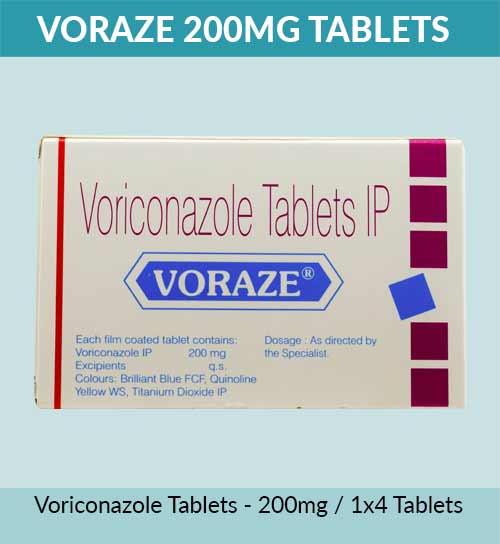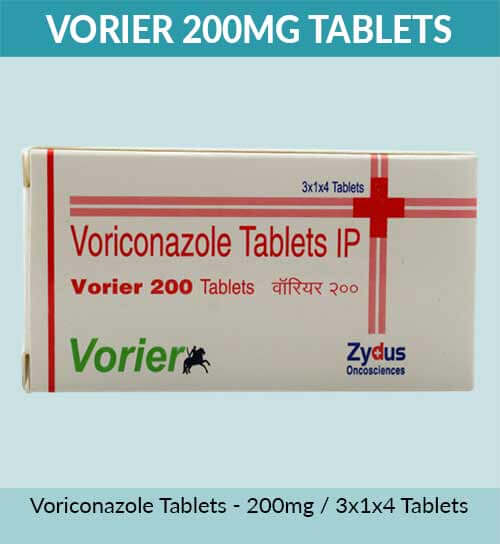Voriconazole
Voriconazole is an antifungal medication used in the treatment of serious fungal infections. It belongs to a class of drugs called triazole antifungals.
Voriconazole works by inhibiting the synthesis of ergosterol, a key component of fungal cell membranes. This disruption in cell membrane formation weakens the fungal cells and ultimately leads to their death.
The medication is commonly prescribed for the treatment of invasive fungal infections, such as invasive aspergillosis, candidemia, and certain types of systemic fungal infections. It may also be used as prophylaxis in individuals with a high risk of developing fungal infections, such as immunocompromised patients.
Voriconazole is available in oral and intravenous forms. The specific dosage and duration of treatment depend on the type and severity of the fungal infection, as well as the individual’s response to therapy. Close monitoring of drug levels in the blood may be necessary to ensure optimal efficacy and prevent toxicity.
As with any medication, voriconazole can have side effects. Common side effects include visual disturbances, skin rashes, nausea, vomiting, and liver function abnormalities. It may also have more serious side effects, such as liver toxicity or severe allergic reactions. Regular monitoring of liver function and eye examinations are recommended during voriconazole treatment.
Voriconazole may interact with other medications, so it is important to inform the healthcare provider about all the medications being taken, including over-the-counter drugs and supplements.
In summary, voriconazole is an antifungal medication used to treat serious fungal infections. It inhibits the synthesis of ergosterol, weakening and killing fungal cells. Close monitoring of side effects and drug interactions is important during treatment. Voriconazole should be used under the guidance and prescription of a healthcare professional experienced in antifungal therapy.


